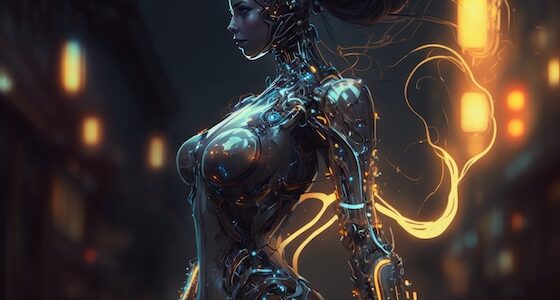Humanoid robots are getting all the press these days. Most robots are of course not humanoid, but the dozen or so that are put there have caught the public’s fancy in a way that industrial robots generally don’t.
Especially with AI and Large Language Model involvement, humanoid robots are beginning to elicit questions. Should they pay income tax or the equivalent? Are there ethical issues if we make them work without breaks? Will they rise up and the over the world? Or maybe just take over all our jobs and leave us nothing but leisure (or penury)?
Another question is coming up more frequently: should they be male or female?
We’d say no
We don’t think robots should be male or female. We don’t expect them to reproduce. They’re machines. They don’t need gender.
But we’re not hearing agreement on this point from everyone, least of all the makers of robots. There are female robots, including Grace, Sophia, and Ai-da. We think the Tesla Optimus is probably male, since Musk describes it as “a buddy.” Atlas comes off as male, too, and Ameca looks like a guy.
But there are plenty of non-gendered robots. Valkyrie could go either way, being a bosomy 6 footer. Pepper is more childlike than clearly male or female. Many robots may be bipedal but don’t look human enough to force us to decide whether they are male or female.
Why are there male and female humanoid robots?
This might be a better question. Here are some possible answers:
- Many are built to speak. At the point where a robot gets a voice, it will probably get a male voice or a female voice. Research suggests that people usually like female voices better than male voices, so voiced robots are more likely to be female just because of market forces.
- Most robots are built by men. Some female robot designers have explained that they want to represent women in robotics by building female robots. Either way, the robots end up looking female.
- Female robots are perceived as more human, according to research. makers of humanoid robots may take advantage of this to create a more human impression.
- Female robots are less intimidating, and robot makers mostly try to make their robots less scary. This is certainly true for social or collaborative robots.
- Robots may be in a servile position, doing what they are told in order to help humans. Stereotypes about women make them seem like a better fit for a servant robot.
Maybe this is a tendency we ought to nip in the bud.
